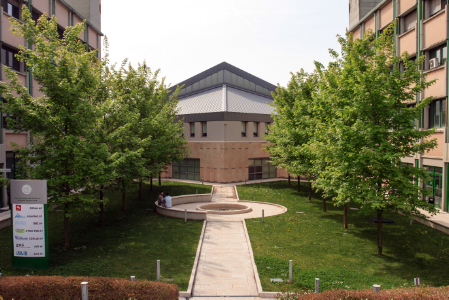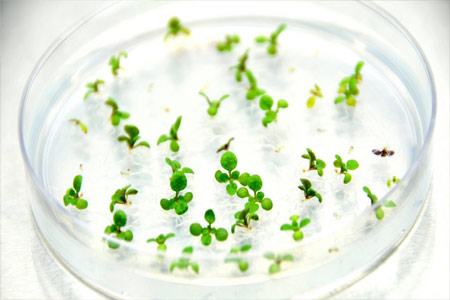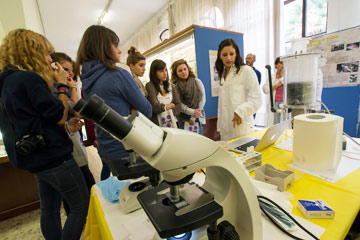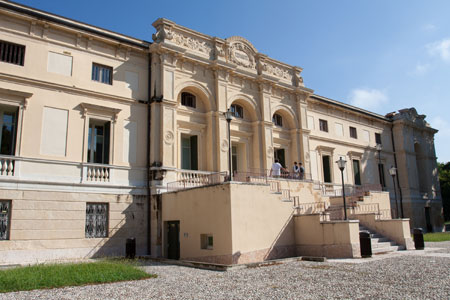
Relatore:
Prof. Raymond J. Turner
- Professor of Biochemistry, Department of Biological Sciences – University of Calgary, Canada
lunedì 20 novembre 2017
alle ore
11.30
Sala Verde, Piramide Cà Vignal
The use of metal compounds as antiseptic agents since antiquity, only to be replaced by the introduction of organic antibiotics in the mid 20th century. Metal-based antimicrobials show promise for sustainability towards infectious diseases in our antibiotic resistance era we find ourselves rapidly approaching. Overall, the metals that are being increasingly considered for antimicrobial agents are typically within the transition metals of the d-block (so called heavy metals), and a few other metals and metalloids from groups 13-16 of the periodic table. The most prevalent metal presently in use is silver, with copper a close second. The popularity of silver’s use has led it to be used as antimicrobials that can be purchased in-stores and through the internet. However, very little is understood on its exact mechanism of toxicity towards bacteria or how bacteria are tolerant. In this presentation, I will overview our research aimed at understanding the antimicrobial mechanism of Ag. My group has evaluated the kill curve behaviours of various formulations of silver, the ROS production, thiol group oxidation, and targeted gene expression. Recently we have performed a high throughput chemical genomics screen to obtain a system biology understanding of Escherichia coli view of silver. From these studies we see that silver toxicity is multifactorial.








